It is strange how history sometimes has the tendency repeat itself. For instance, in order to build the London Astoria theater on Charing Cross Road, London, a Crosse & Blackwell warehouse had to be demolished; and in order for the Crossrail railway project to be conducted, the London Astoria was torn down.
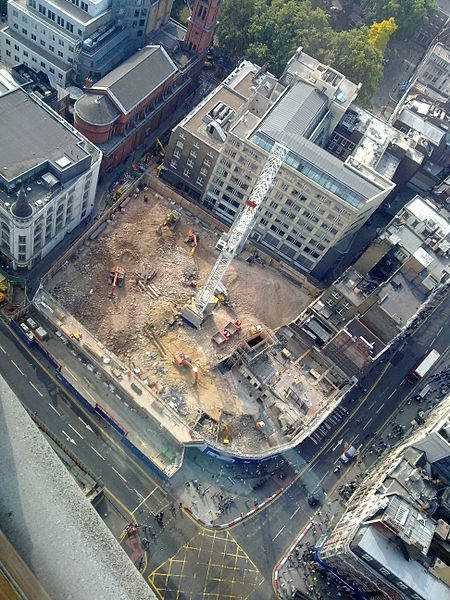
It all began in 1927 when this place was opened as a cinema. The man behind the design was Edward A. Stone; he designed many of the Astoria venues in the City of London, such as those located at Old Kent Road, Finsbury Park, and Brixton.
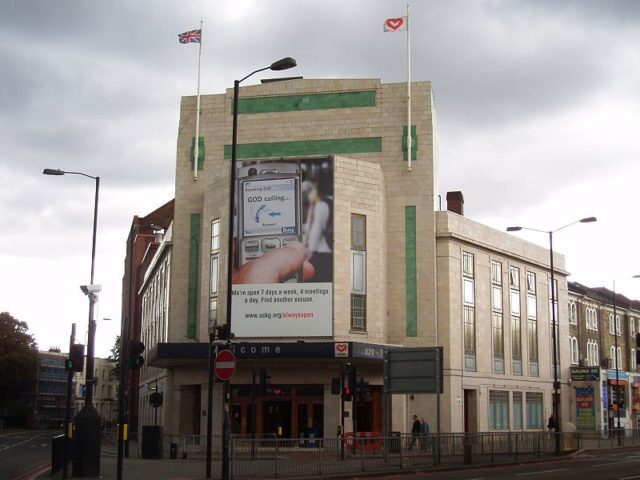
Once done, the building rose four stories above street level, with a lavishly decorated cornice that crowned the exterior. And when it comes to the interior, it was as beautifully embellished with much care. Styled with a proscenium arch complemented by a tunnel-vault looking ceiling that evenly spread its weight across the large columns, the interior looked splendid.
Not to forget, the interior was further ornamented with the one thing every theater and cinema must have – an enjoyable balcony. There were a couple more elements that looked like a viewing boxes, but in reality held the organ pipes. Only one year after it was officially opened, the basement of this place was converted to a dancing saloon used for a number of lavish ball parties.
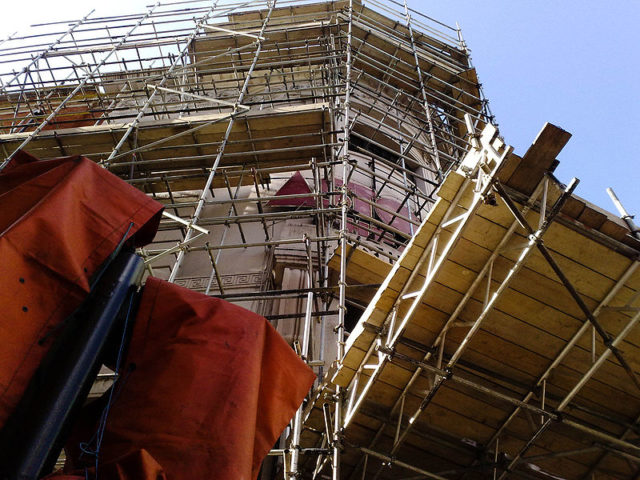
As years went on and the world was introduced to new architectural styles, the Astoria was renovated accordingly in 1968. A decade later, the cinema received its first major overhaul and became a theater. And for another decade it remained in this role. But then the theater was closed and the London Astoria remained vacant for a year. It was 1985 when this place was reborn and started its new life as a nightclub.
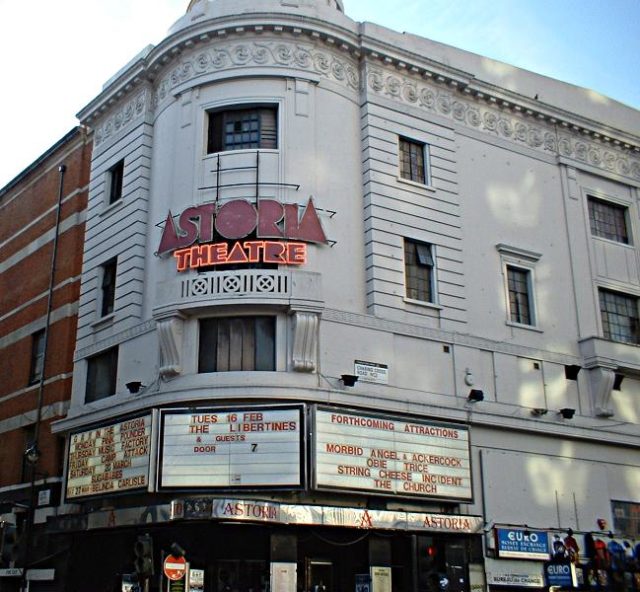
In this new role, the London Astoria was capable of housing around 2,000 guests every night. And a busy place it was, a venue where a great number of famous musicians had the pleasure to perform. The venue was acquired by Mean Fiddler in 2000 and that is where this nightclub made history, brushing shoulders against some of the world’s most famous nightclubs.
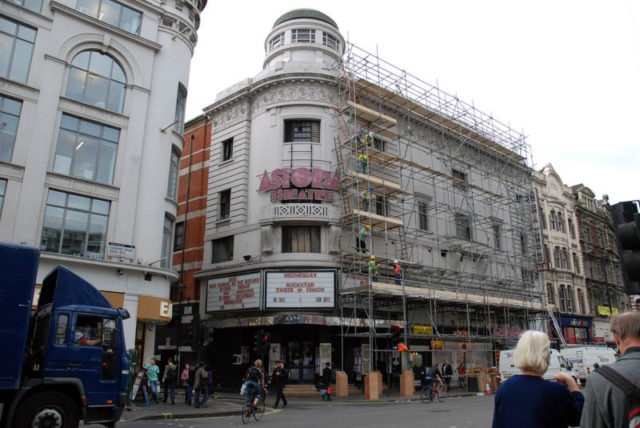
Throughout its music club incarnation, this place was considered to be an iconic creation where a number of British based rock bands had their beginnings, only to later be catapulted into the incessant world of Rock & Roll. Naming just a few of the artists would be unfair to the others left unmentioned, but the number of rock stars that performed at this club and the parties they had is material worthy of its own book.
Among the most famous bands and individuals that performed here are Radiohead in 1994, The Cranberries 1994, the Smashing Pumpkins 1994, Sum 41 2001, Metallica in 1995; the list goes on and includes Deep Purple, Twisted Sister, and countless others.
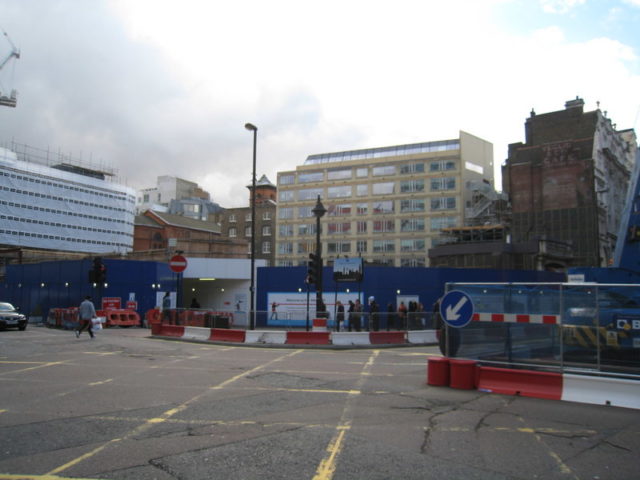
Alongside famous concerts, the London Astoria gained additional publicity for it was among the favorite locations of Britain’s gay, lesbian, bisexual and transgender population otherwise known as LGBT community. It was here that London had its biggest gay parties, especially around New Year. The end of it all came in 2009 when the land was purchased for the construction access needs of the Crossrail project, which is a 74-miles-long railway line. Promptly, an online petition was signed but nothing could be done as the nightclub was already lost.
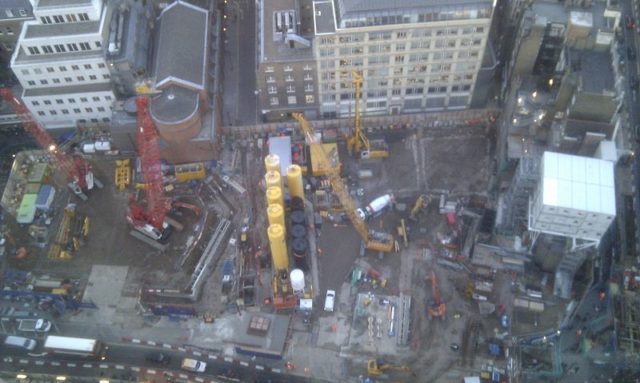
It was in October 2009 when this venue had its last moments. It was hurriedly demolished, erasing the nexus of London’s Rock & Roll events. The future of this spot once access by Crossrail is no longer required, for now, remains an unknown although some suggestions were made such as building a new theater, an initiative suggested by Nimax Theatres years back in 2012.
